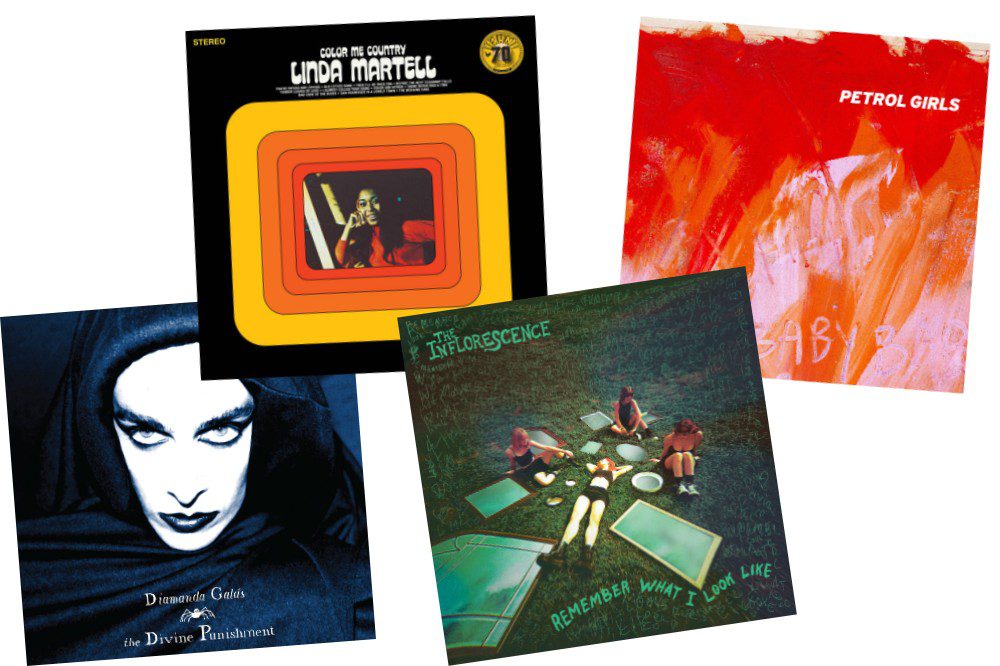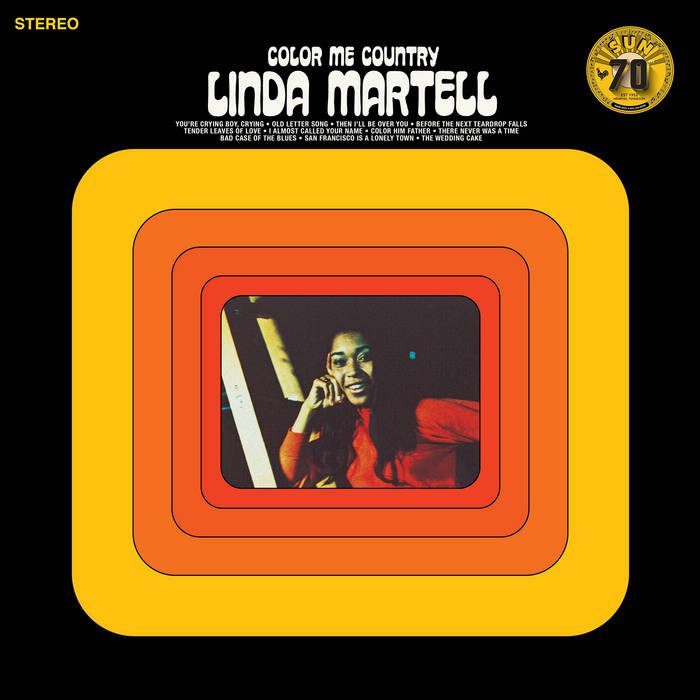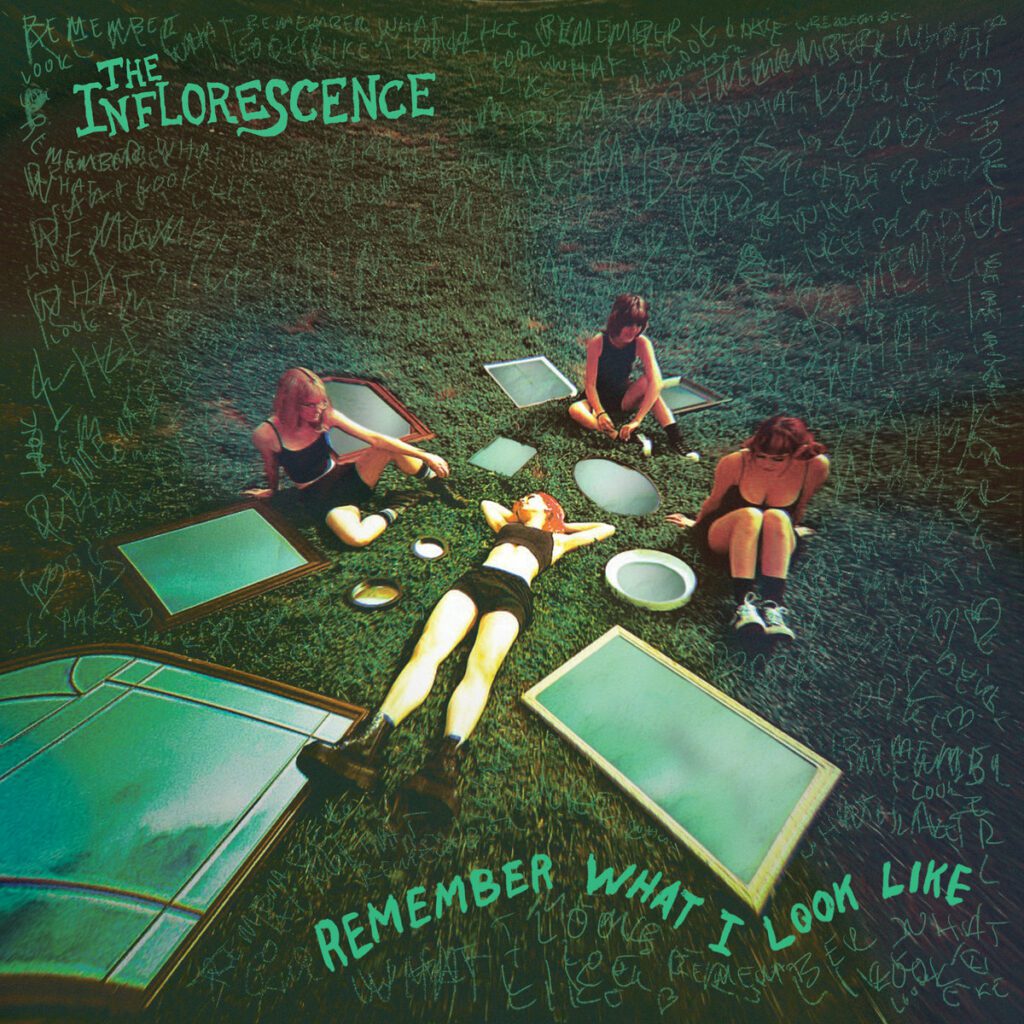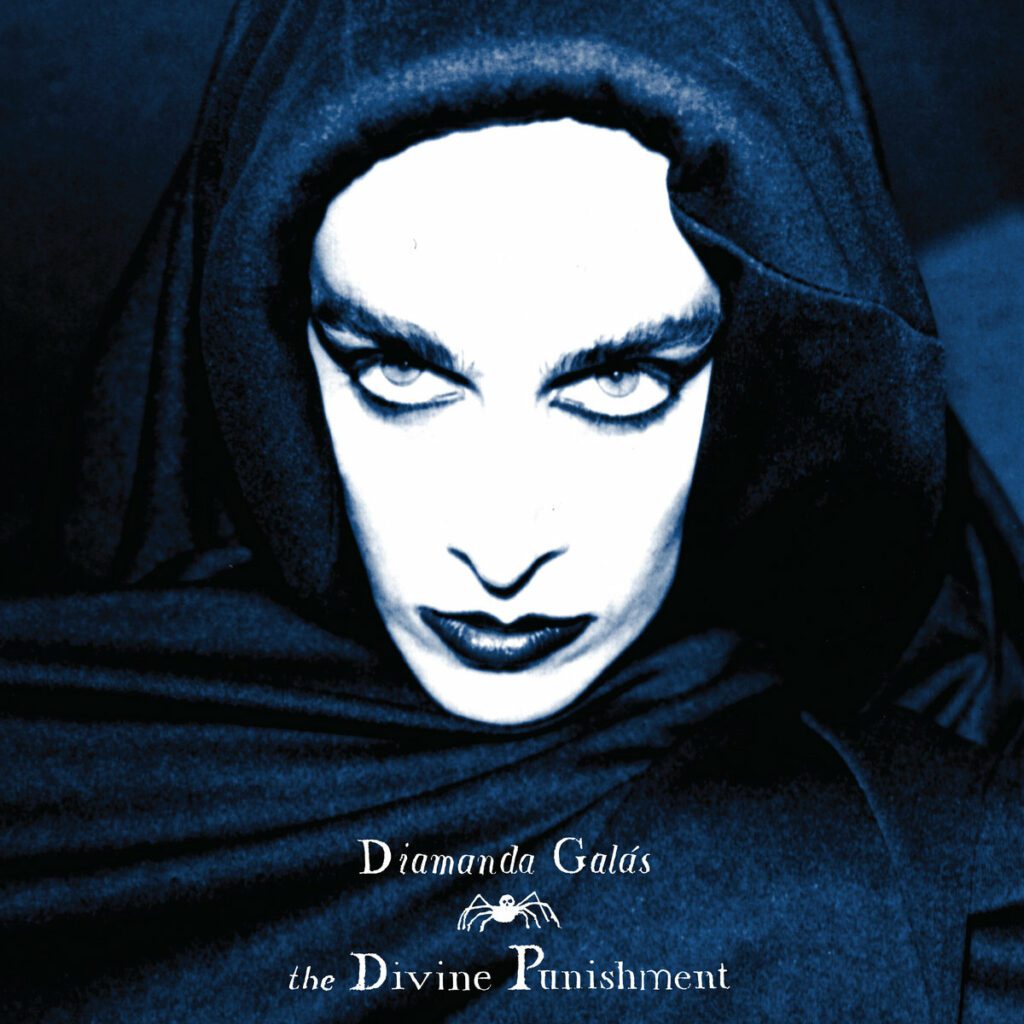
Welcome to Audiofemme’s record review column, Musique Boutique, written by music journo vet Gillian G. Gaar. The last Monday of each month, Musique Boutique offers a cross-section of noteworthy reissues and new releases guaranteed to perk up your ears.

In 1970, Linda Martell made history when she became the first Black woman to play the Grand Ole Opry in Nashville, Tennessee. That same year saw the release of her sole album, Color Me Country, which reached the No. 40 in Billboard’s Top Country Albums chart. Now, the album is being reissued (on transparent orange vinyl, no less) for the first time since its original release, for Record Store Day, courtesy of ORG Music.
Martell (born Thelma Bynem), began singing with her sister and cousin in an R&B trio; after being rechristened by a DJ, they released singles as Linda Martell and the Anglos. She then pursued a solo career, and when an aspiring manager convinced her to try country music (which she’d grown up listening to), she decided to dive in. Color Me Country was the result. As you’d expect from the genre, there are weepers, such as the disintegrating relationship depicted in “San Francisco is a Lonely Town.” But there are also heartwarmers, like “Color Him Father” (a Top 30 country hit) where a stepfather heals a broken family, and her clear-eyed assessment of marriage in “The Wedding Cake.” These are stories about real people, and Martell brings them to life with great empathy.

Formed in the UK a decade ago, most of Petrol Girls had since relocated to Austria – which is where lead singer Ren Aldridge found unexpected inspiration. While taking a walk one day, Aldridge encountered a group of pro-life protestors outside an abortion clinic. “I saw red,” she recalled, “and before I knew it I was circling them screaming ‘I had an abortion and I’m not sorry!’” Hence the song “Baby, I Had an Abortion” from the group’s new album, Baby (Hassle Records). It’s a proud song of defiance (and yes, that “Shame, shame, shame” line is a Game of Thrones reference), that’s fully in keeping with an album that Aldridge describes as “playful, a bit unhinged.”
Baby is a powerful punk rock assault on hypocrisy (the sanctimony of religion in the incendiary opening, “Preachers”), patriarchal oppression (“Fight for Our Lives”), and police brutality (“Violent by Design,” co-written with activist Janey Starling), each pounded out with vigor by the band (along with Aldridge, the group includes guitarist Joe York, bassist Robin Gatt, and drummer Zock). But there are also songs of self-reflection, like “Bones,” which examines the struggles inherent in following one’s own path: “Thought about giving up, secretly/Precarity, haunting me/Looked at a normal life, wistfully/Question the point of this, constantly.” A smart acknowledgement of life’s complexities.

It’s not surprising that the Inflorescence exude such an all-for-one/one-for-all camaraderie. Turns out the foursome (Tuesday Denekas, vocals/guitar; Charlee Berlin, guitar/vocals; Sasha A’Hearn, bass; Milla Merlini, drums) have been friends for years, with the closeness that comes from being in high school together (A’Hearn’s the one in college). Their debut album, Remember What I Look Like (Kill Rock Stars) is indie pop, but with a decided edge. The songs snap, crackle, and pop with a lively energy.
The album gets off to a brisk start with “Phantom Feelings,” a song whose giddy spirits might make you overlook that it’s about an unrequited relationship, the prevailing theme throughout the album. “I try to set my expectations low,” Denekas sings in “Are You Sorry,” but they can’t help sliding into disappointment anyway, concluding “How much more can I really say/until you just drift away?” And “Board Game” decries how relationships can become a competition (“I’m not just a piece in your little board game”) in a number that steadily rises from a soft beginning to a surging, roiling ride.

Diamanda Galás has a voice that’s like nothing you’ve ever heard. Classically trained, and with a background in jazz, blues, and the music of her Greek heritage, her formidable talents could not be contained by simple categorization. Avant-garde work is rooted in the classics; “Litanies of Satan,” from the album of the same name, is based on a poem by Charles Baudelaire, for example. Or she might push the limits of hard rock, as on This Sporting Life, a riveting collaboration with Led Zeppelin bassist John Paul Jones.
And then there’s her 1980s trilogy about the trauma of the AIDS crisis, The Masque of the Red Death. The first album in the trilogy, The Divine Punishment, has been newly reissued on CD and digital platforms by Intravenal Sound Operations; vinyl release follows in August. It’s an uncompromising, emotionally powerful work. Against a spare backdrop of keyboards, Galás delivers Biblical texts in a voice that swoops from guttural howls to sizzling whispers, giving voice to pain, outrage, despair, and fury. It’s a descent into the pits of hell, but Galás makes it a spellbinding journey. Look for her new album, Broken Gargoyles, to be released later this year.





